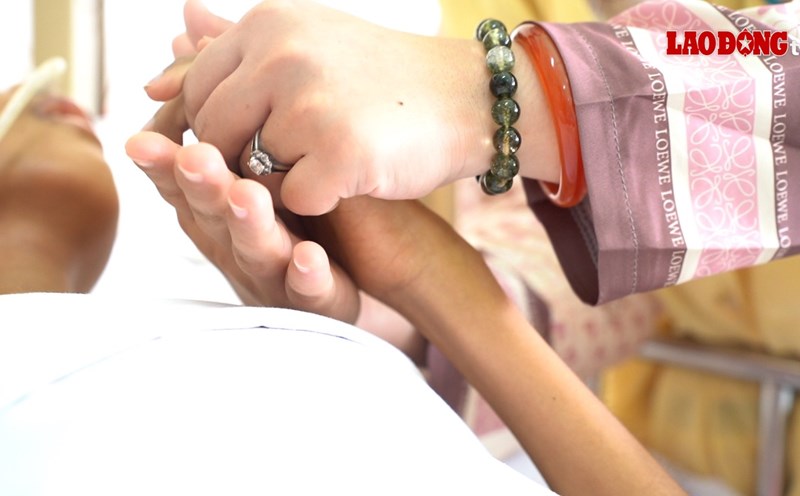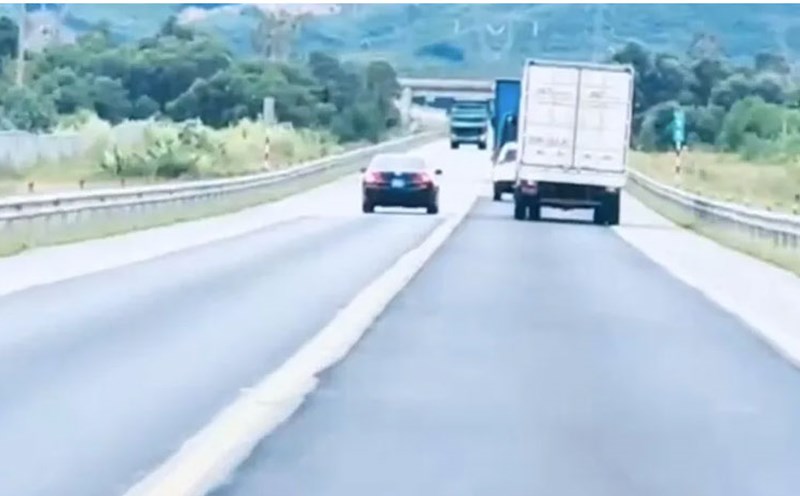Patient D.Q.T (5 months old, living in Can Tho) is the third child in the family, born naturally and weighing 4.7 kg. Immediately after giving birth, baby T. was monitored and treated with physical therapy. However, after 5 months, the child could only lift the shoulders slightly and had limited movement in the elbows, and had poor recovery ability.
The child underwent a neurotransplantation surgery to have the opportunity to restore arm movement function. This is a technique that requires high expertise, performed by a team of doctors from the burns - Ad pitch Department - Children's Hospital 2 Ho Chi Minh City.
Damage to the rear- arm nerve pupil to the placenta is one of the serious sequelae that newborns can experience during the birth process, which is often difficult, especially when there is incorrect shoulder pulling technique.
According to Dr. Nguyen Thi Ngoc Nga, Department of burns and acute care, Children's Hospital 2 Ho Chi Minh City, the treatment of this lesion requires accurate assessment and timely intervention to restore basic function of the child's hand.
During surgery to treat arm nerve damage, doctors will examine the damaged area to determine the affected nerve branches, extent of damage and ability to recover. If the nerves cannot recover naturally, we will consider transplantation or nerve transfer, said Dr. Nga.
The location of the nerve used to support the transplant is usually the sural nerve on both sides of theleg of the child. These strings are then connected or transferred to the shoulder area where the nerve puppets are damaged to restore motor functions such as shoulder lift, elbow bending or finger movement.
Most of the severe cases will be transferred to specialized children's hospitals such as Children's Hospital 1, Children's Hospital 2 or Children's Hospital of the City for close monitoring and treatment planning. The progress of arm nerve damage is assessed monthly through physical therapy and monitoring of upper limb movement.
Not all damages require surgery. Some cases can recover thanks to exercise and close monitoring. However, if after 3 months there are no signs of improvement, especially in severe cases with complete root pulling, surgery is needed early, Dr. Nga emphasized.
At Children's Hospital 2, cases with indication for surgery are usually performed in the period from 3 to under 6 months old. This is the golden time for intervention to limit muscle atrophy, permanent deformity and loss of function of the hand. After surgery, children continue to practice rehabilitation to support normal motor development.
According to Dr. Nga, home monitoring plays an important role. If parents see weak baby hands, no normal motor reflexes like the opposite hand or a "hand shake" condition that lasts for more than 2-3 weeks after birth, they should quickly take the baby to the hospital for in-depth assessment.











